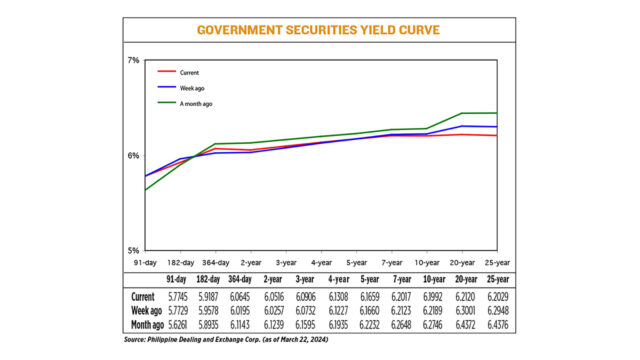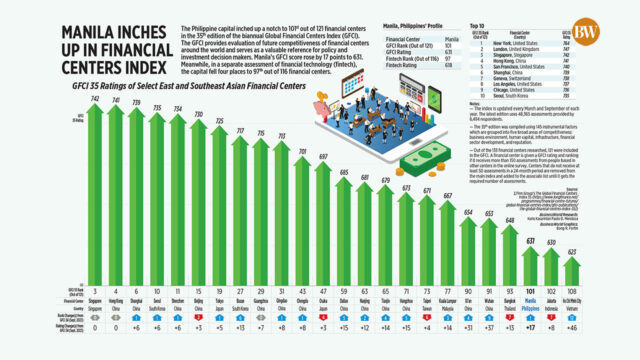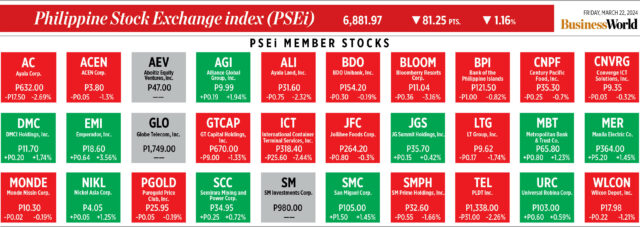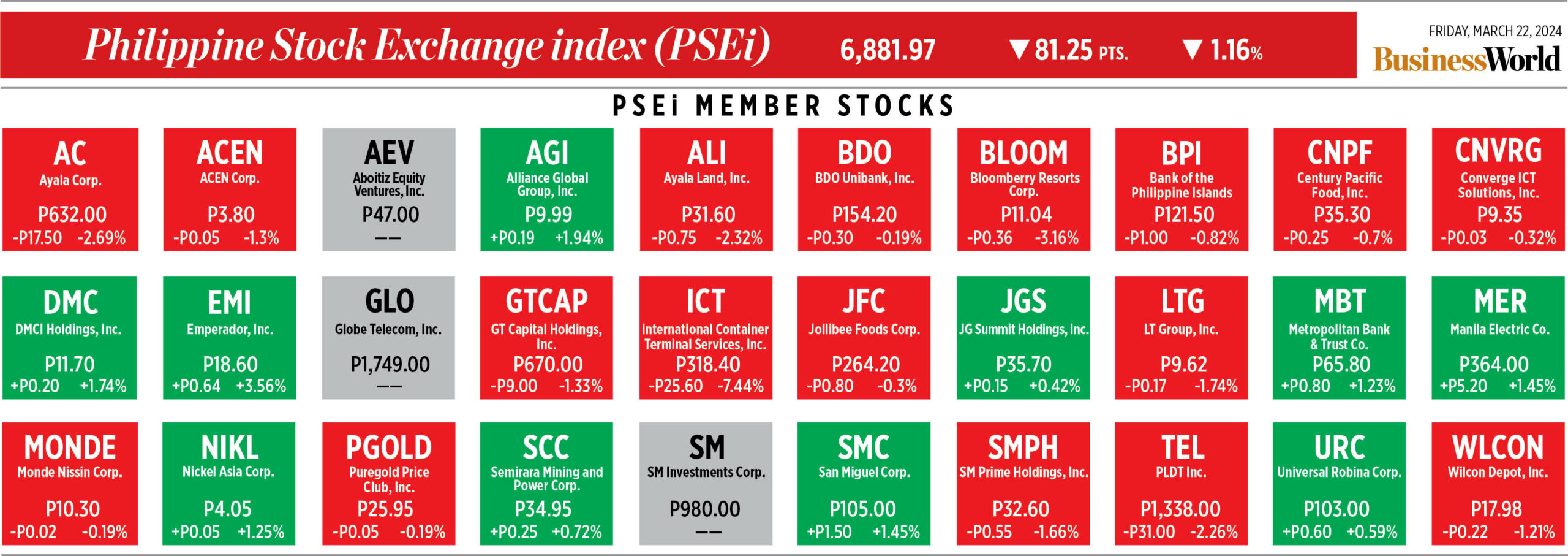Style (03/25/24)
EXO Celestial Skin Care uses exosomes
EXO Celestial Skin Care was recently launched in the country, using exosomes and nicotinamide mononucleotide that offers non-invasive treatment with microsurgical effect. The latest innovation for skin cell regeneration, exosomes are like ‘avatars’ that facilitate intracellular communication by merging with other cells. The process allows old cells to regenerate, improve and rejuvenate. Exosomes contain growth factors, like anti-inflammatory cytokines and genetic materials that aid tissue repair and immune modulation. The skin care line combines this with nicotinamide mononucleotide (NMN). NMN is a molecule that boosts the skin’s energy making it healthy and youthful. It supports the natural repair process that reduce the signs of aging. EXO Celestial says it can be used for problems like acne, dryness, dark pigmentation, large pores, dullness, saggy, sensitive, and chronically stressed skin. The line follows a four-step process. It begins with the Anti-pollution Amino Acid Cleansing Cream, followed by Advanced Nano Exosome Repairing Essence and the Nano Exosome Peptide Revival Cream to activate skin healing and repair. The final step involves protection via UV Expert Sunscreen SPF30 PA++. EXO Celestial is distributed by GFOXX International.
Rustan’s releases summer travel essentials
Rustan Marketing Corporation (RMK) has a selection of summer essentials.
Kicking off the list is the Jack Nicklaus Broken Stripe Polo in Classic Navy. Crafted from 100% polyester with StayDri® Moisture Wicking technology and UV Protectant properties, this polo ensures comfort and style in any climate, making them the perfect choice for long days under the sun. Next is the High Sierra Access 3.0 Eco Backpack. This adventure-ready backpack is designed to withstand the rigors of the outdoors with secure compartments to accommodate water bottles, snacks, and even a 16” laptop. For radiant complexion anytime, anywhere, the Nuxe Huile Prodigieuse X Nuxe Huile Prodigieuse Or Roll & Glow works is infused with seven precious botanical oils and 98% natural ingredients, deeply nourishing skin. Nuxe Huile Prodigieuse Or Roll & Glow offers a practical and convenient way to illuminate areas of the face and décolleté with subtle golden shimmer. When it comes to hair care on-the-go, the VS Sassoon Rechargeable Cordless Mini Hot Brush, Curler, Straightener, and Auto Hair Curler come to the rescue. Compact and portable, these rechargeable hair tools ensure convenient style maintenance no matter where. Rounding off the list is the BaByliss Travel Pro Hair Dryer, with a lightweight design and dual voltage capability. For more luxe selections, think perfume with Bond No. 9 New York Flowers Eau de Parfum, featuring an enticing blend of Anjou Pear, Clementine, Kir Royale Accord, Rose de Grasse, Jasmine, Amber, and Iris. Meanwhile, Irresistible Givenchy Eau de Toilette Fraîche offers the scent of Damascena rose, Virginia cedarwood, pink peppercorn and sweet orange.
Pack all of these in The Samsonite Lite-Box Alu Trunk 74/27 Aluminum, with robust anodized aluminum shells, corner reinforcements, and silent double wheels.
All brands are exclusively distributed by Rustan Marketing Corporation.

















